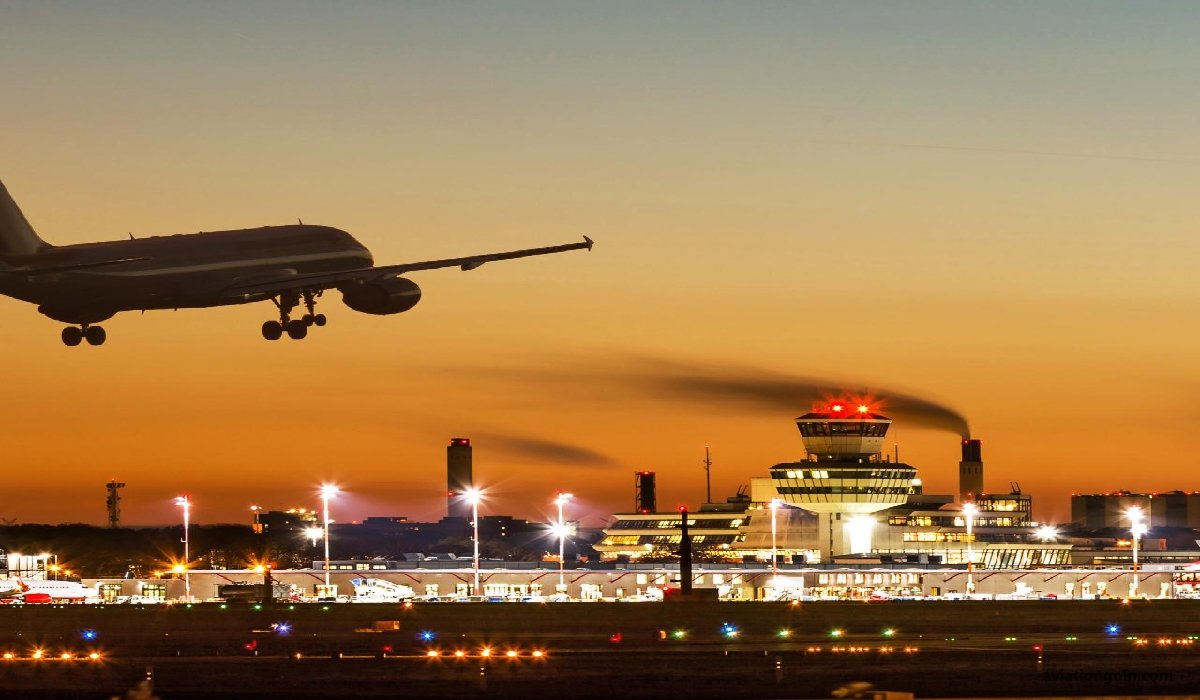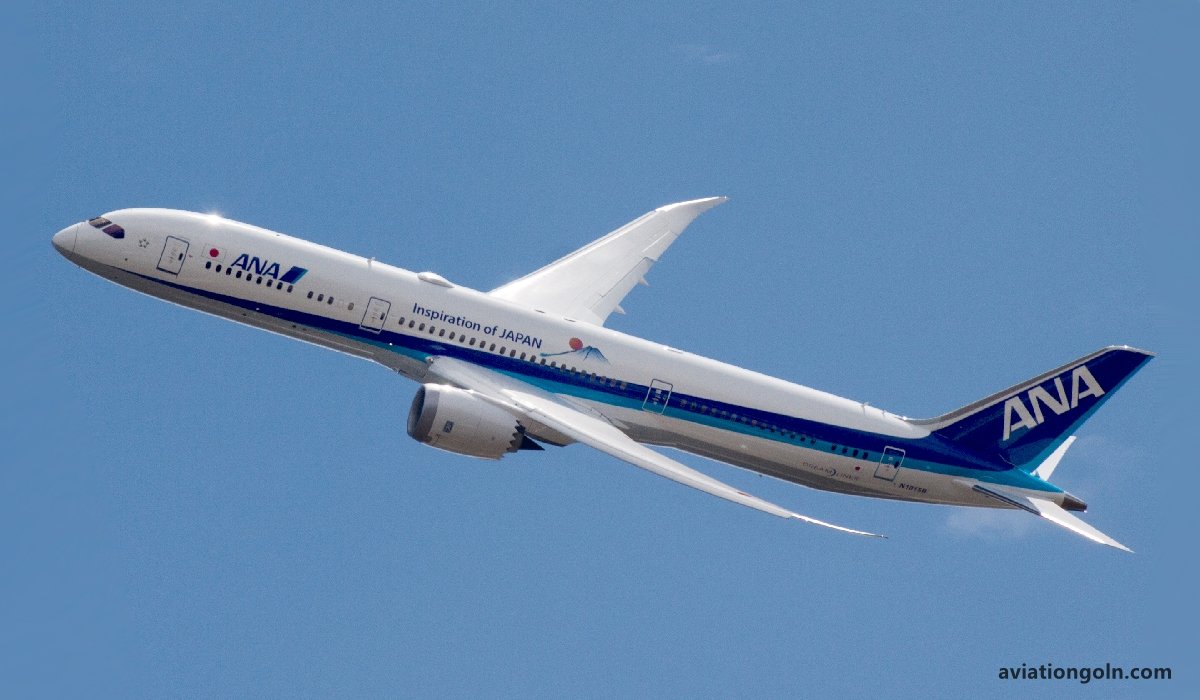Aircraft retirement and replacement is a crucial component of airline fleet management. Airlines are perpetually caught in a cycle of purchasing, maintaining, and ultimately retiring their aircraft. As planes age, their operating costs rise, they become less fuel efficient, and may no longer meet new environmental or safety regulations. The success of an airline often hinges on its ability to effectively manage its fleet, ensuring the right balance between new and old aircraft to maintain efficiency, meet demand, and adhere to changing regulations.
Aircraft Retirement and Replacement: Airline Fleet Management

1. Factors Influencing Aircraft Retirement
Several factors influence the decision to retire an aircraft:
1.1 Economic Life
Each aircraft has a defined economic life, beyond which it becomes unprofitable to operate. As planes age, their maintenance costs rise. Additionally, older aircraft may not be as fuel-efficient as newer models, resulting in higher operational costs.
1.2 Technological Advancements
The aviation industry sees rapid technological advancements. Newer aircraft often boast better fuel efficiency, improved aerodynamics, and more advanced onboard systems, rendering older models obsolete.
1.3 Regulatory Compliance
Regulations, especially those related to safety and environmental impact, evolve over time. Older planes might not meet the updated safety standards or environmental guidelines without substantial modifications, which may not be economically viable.
1.4 Market Demand
Changes in market demand can also necessitate fleet adjustments. For instance, if there’s a surge in demand for long-haul flights, airlines may need to retire regional jets in favor of wide-body aircraft.
1.5 Maintenance Checks
Aircraft undergo periodic maintenance checks, classified as A, B, C, and D checks. D-checks are the most comprehensive and expensive. Airlines might opt to retire an aircraft nearing its D-check if the cost outweighs its future economic value.

2. The Replacement Decision
Once the retirement of an aircraft is imminent, airlines face the consequential decision of replacement.
2.1 New vs. Used Aircraft
Airlines can opt for brand-new planes or purchase used ones. New aircraft have the advantage of latest technology, warranty coverage, and longer service life. However, they come with a hefty price tag. Used aircraft can be more cost-effective, but might have a shorter lifespan and higher maintenance needs.
2.2 Fuel Efficiency
Modern aircraft often offer significant fuel savings over their predecessors. Considering fuel is one of the largest operational costs for airlines, a more fuel-efficient plane can offer substantial savings over its operational life.
2.3 Cabin Configuration and Customer Experience
Airlines also consider the onboard experience. Newer planes often allow for more innovative cabin designs, better in-flight entertainment, and increased passenger comfort.

3. Financing Aircraft Replacement
Replacing aircraft is a massive financial undertaking.
3.1 Outright Purchase
Some airlines, especially the more affluent ones, may choose to buy aircraft outright, but this requires significant capital.

3.2 Leasing
Many airlines opt to lease aircraft, either through operating or finance leases. Leasing allows airlines to maintain a newer fleet without heavy capital investment.
3.3 Sale-and-leaseback Agreements
This involves an airline selling an aircraft and then leasing it back. It provides immediate capital and transfers the residual value risk to the lessor.

4. Environmental Considerations
Aircraft retirement and replacement isn’t solely about economics. Environmental concerns are becoming paramount.
4.1 Emissions Reduction
New aircraft are designed to produce fewer emissions. By replacing older planes, airlines can significantly reduce their carbon footprint.
4.2 Noise Pollution
Newer models tend to be quieter, helping airlines adhere to noise regulations at airports within urban areas.

5. The Role of MRO (Maintenance, Repair, and Overhaul) Companies
MROs play an influential role in aircraft retirement and replacement decisions.
5.1 Extending Aircraft Life
By offering advanced repair and overhaul services, MROs can extend the operational life of an aircraft, delaying its retirement.
5.2 Cost-Efficiency
MROs can also provide cost-efficient solutions for compliance with newer regulations, potentially allowing older planes to remain in service.

6. The Second-hand Market and Decommissioning
Retired aircraft don’t necessarily go straight to the scrapyard.
6.1 Second-hand Market
Many retired aircraft are sold in the second-hand market to smaller airlines, charter services, or in developing countries where the latest technology isn’t a priority.
6.2 Decommissioning and Recycling
If there’s no second-hand market for the aircraft, it’s decommissioned. Modern decommissioning is environmentally friendly, with many parts being recycled or repurposed.

Aircraft retirement and replacement is a complex dance of economic, technological, regulatory, and environmental considerations. The effective management of an airline’s fleet can be the difference between its success and failure. As the aviation industry continues to evolve, with the emergence of electric planes and sustainable aviation fuels, fleet management will remain a central challenge, demanding adaptability, foresight, and strategic planning from airlines worldwide.
See more:
